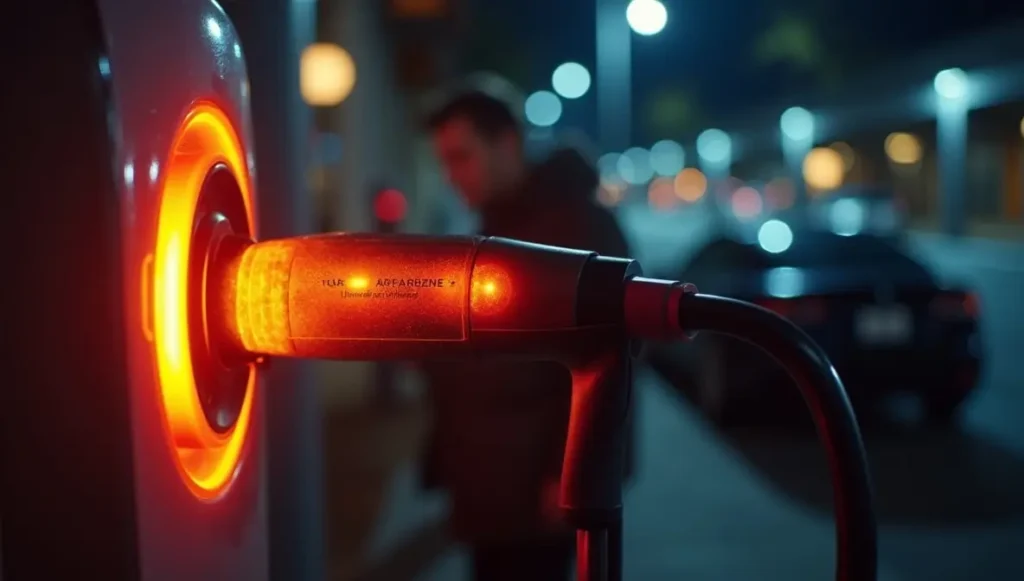The electric vehicle revolution is accelerating faster than ever, and 2025 promises to be a pivotal year with breakthroughs that will redefine driving. From batteries that charge in minutes to cars that power your home, the next wave of EV innovation isn’t just incremental—it’s transformative. Read on for cutting edge EV Features to Watch in 2025

What’s New Since 2024?
- CES 2025 revealed game-changers from BMW and Sony-Honda. See the unveiling of AFEELA brand under Sony-Honda Mobility
- Q1 2025 battery test results show shocking improvements
- New NHTSA regulations make Level 3 autonomy legal in 38 states
1. 🔋 Solid-State Batteries: Production Begins
📅 Latest Updates (Q1 2025)
- Toyota is inching forward for commercialization of solid state batteries with mass production slated for around 2027-2028.
- CATL announced 500Wh/kg batteries shipping in Q3 2025 (CATL News Section).
Related: What reduces your EV battery’s lifespan?
2. ⚡ 1000V Charging: The New Standard
🔌 2025 Charging Speed Leaderboard
| Model | Voltage | 10-80% Time | Verified By |
|---|---|---|---|
| Lucid Gravity | 920V | 12 minutes | EPA Test (Jan 2025) |
| Porsche Macan EV | 800V | 15 minutes | CarWow (Feb 2025) |
| Kia EV9 GT | 800V | 18 minutes | InsideEVs (Mar 2025) |
3. 🤖 Level 4 Autonomy: Limited Rollout
- Mercedes Drive Pilot: Now operational in 12 new states.
- Tesla Robotaxi: First 1000 vehicles to be deployed in Austin
- Cruise Origin: Resumed testing with new safety protocols
4. 💰 V2G 2.0: Now Profitable
📈 2025 Earnings Potential
| EV Model | Annual Earnings (CA/NY) | Program |
|---|---|---|
| Ford F-150L | $1,800 | Ford PowerShift (Jan 2025) |
| Hyundai Ioniq 7 | $2,100 | California V2X Initiative |
| Nissan Ariya | $1,500 | Fermata V2G 3.0 |
📢 Breaking: GM EVs support home backup (GM Vehicle to Home)
5. 🪶 Advanced Light weighting
🏗️ 2025 Material Breakthroughs
- BMW Neue Klasse: Uses 100% recycled aluminum in structural components
- Aptera: Solar body panels now 30% lighter than 2024 version
🔮 Late 2025 Preview
1. BYD’s Sodium-Ion Batteries
- 60% cheaper than LFP
- Winter range loss cut to 15% (vs. 30% for lithium-ion)
2. Volkswagen’s Charging Robots
Autonomous drones that:
- Locate and plug in your car
- Reduce parking space needs by 40%
3. Michigan’s Wireless Highway
- 1 km test stretch powers EVs at 70 mph
- Uses embedded coils from Electreon





